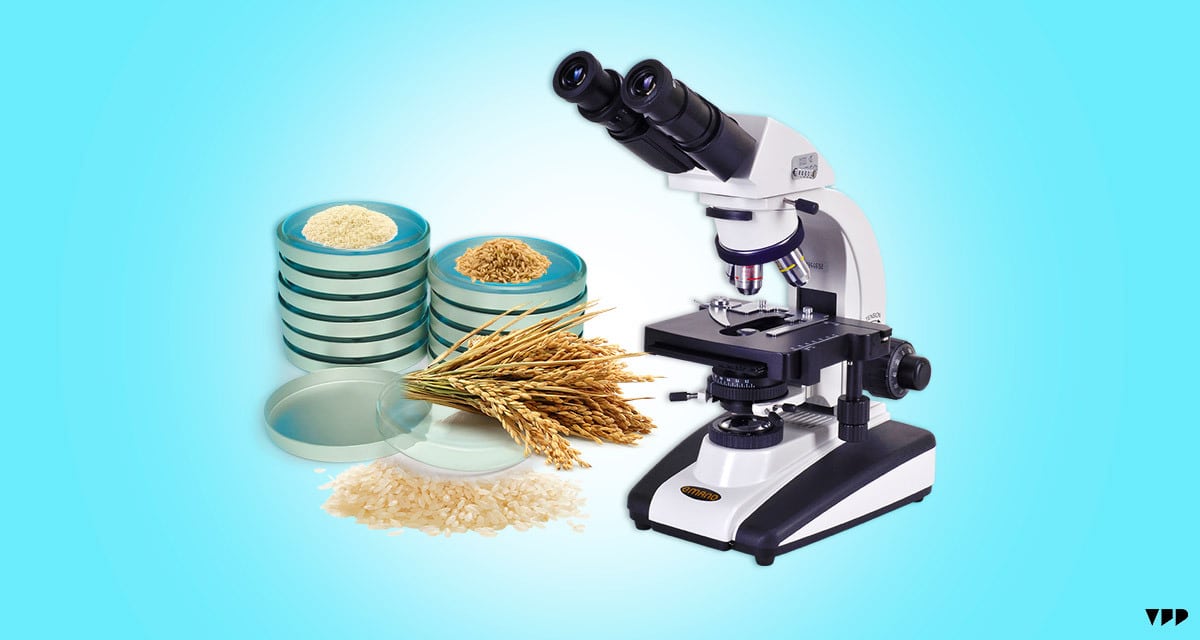Gene-edited rice could be a delicious way to capture carbon emissions
The Future. The Innovative Genomics Institute (IG) has received funding to use CRISPR technology to modify rice so that it can help pull and keep carbon dioxide out of the atmosphere. That would make a huge impact since agriculture (along with forestry and other land uses) is responsible for 24% of global emissions. Rice is a big part of that problem because rice paddies are the perfect environment for methane-producing microbes. Fixing that would be a major flex for the researchers and may help scale the rice variety’s use.
Lab to plate
One day, eating a plate of rice could help fight climate change.
- According to The Verge, IGI has raised $11 million from the Chan Zuckerberg Initiative to fund three years of research into how to use CRISPR technology to alter the genome of rice and trap carbon dioxide in the atmosphere.
- The researchers chose rice because it’s abundant all over the world, is already heavily researched, and has an easy-to-manipulate genome.
- Showing their rice bonafides, one of the researchers on the project is Pamela Ronald, who led the team that changed the rice genome to better handle floods. That variety is now used by 6 million farmers in India and Bangladesh.
The research team hopes the modified rice will also lead to bigger harvests for farmers — a win-win for everyone.
Make it CRISPR
Plants, including rice, naturally take carbon out of the atmosphere. Still, the researchers believe they could be better at it. Using CRISPR technology, the researchers hope to make photosynthesis more efficient in the rice paddies, develop crops with longer roots that store carbon dioxide further underground, and finally help the soil retain more carbon.
It doesn’t sound easy, but it helps that IGI was founded by Jennifer Doudna — a Nobel laureate and co-inventor of CRISPR.
IGI hopes to start trials with farmers in about three years but doesn’t expect to have a “real-world impact” until seven years from now. The organization also plans to explore altering the genomes of other crops, such as sorghum, hopefully leading to a rollout of an entire farm’s worth of plant strains by that time.
TOGETHER WITH CANVA
No design skills needed! 🪄✨
Canva Pro is the design software that makes design simple, convenient, and reliable. Create what you need in no time! Jam-packed with time-saving tools that make anyone look like a professional designer.


